Slow Cooked Deer Shoulder
December 18, 2017 | Updated December 23, 2020
As an Amazon Associate I earn from qualifying purchases.
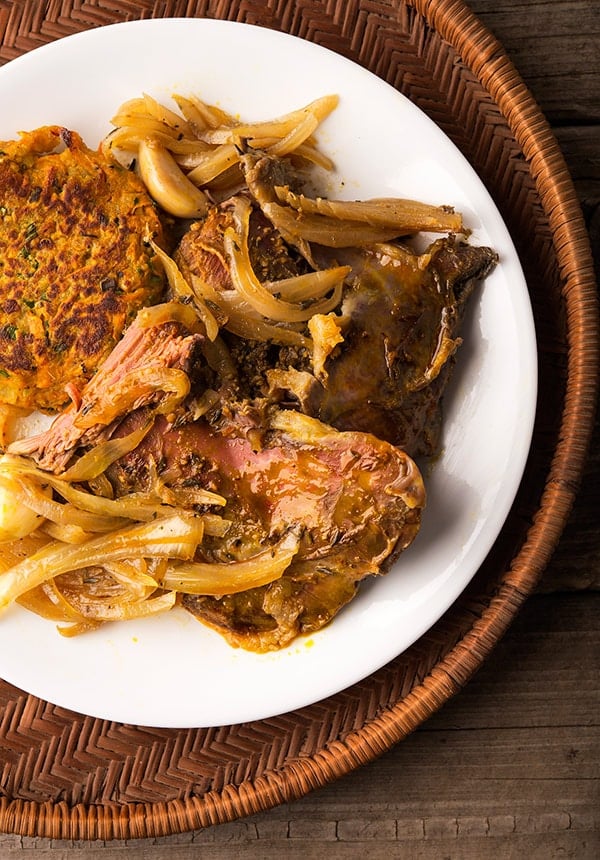
What can you do with deer shoulder? Lots of things, but it all depends on the deer. I shot a Coues deer recently, and, as you may know, they are very small deer. So small I decided to slow cook a whole shoulder in one shot.
I love doing this. When you have a cut of meat small enough to fit in a pot or roasting pan, you really owe it to yourself to leave it on the bone and cook it whole. Why? You get the benefit of all that connective tissue, and the meat stays moister when it’s on the bone. Still, with venison shoulder, you need to cook some sort of pot roast.
Slow, moist cooking is the way to go because it will melt all that connective tissue in a deer shoulder without drying out the meat. This process takes hours.
Which route you take is up to you. I already have a fantastic venison pot roast recipe, that uses Polish cuisine as a base. But I prefer to use venison neck for that recipe. While deer shoulder can certainly be used for that Polish-style dish, I decided to look more south for inspiration this time. Really far south. As in Africa.
Senegal, to be exact. Before you click away, thinking this must be too weird to even try, it isn’t. Senegalese food is heavily influenced by France, which was the country’s former colonial overlord. And while there are some cool Senegalese touches you can add to make this more “African,” the basic recipe is easy to make.
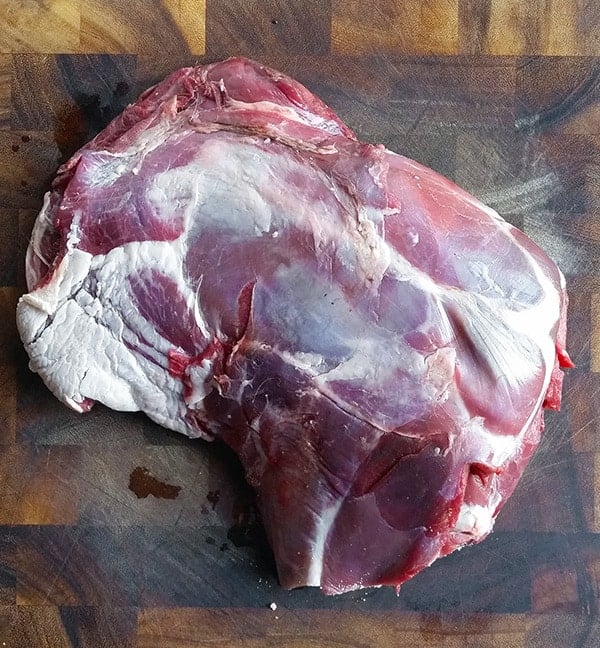
You salt a deer shoulder and then jam garlic cloves into it. You then smear it with a mixture of Dijon mustard, cumin, and black pepper. Slice a bunch of onions to serve as a bed for the deer shoulder, then sprinkle dried thyme on them. Set the meat on the onions, pour over a little stock, seal the whole shebang and cook very slowly until tender.
In Senegal, this is called dibi-style lamb. Normally done with young lambs at a very low temperature, you need to modify it for deer shoulder. I got my inspiration for this recipe from Chef Pierre Thiam’s cookbook Senegal: Modern Senegalese Recipes from the Source to the Bowl, which is a great introduction to one of the most interesting cuisines of Africa.
Notice that there are no “weird” ingredients yet? You can “Africanize” this by using red palm oil instead of peanut oil, and intoxicatingly aromatic selim pepper instead of regular pepper. But it’s not necessary.
Lamb or venison shoulder can then be served with Senegalese tamarind Kani Sauce, which is essentially a tomato sauce with tamarind and Scotch bonnet peppers in it (recipe below). But many Senegalese just serve it with more Dijon mustard.
What to serve it with? Well, good bread is normal. You can also serve your deer shoulder with rice, or with sweet potato-plantain fritters. Or really whatever you’d like.
Slow Cooked Deer Shoulder, Senegalese Style
Ingredients
FOR THE POT
- 1 large onion, sliced thinly root to tip
- 1 head garlic, cloves peeled but whole
- 2 teaspoons dried thyme
- 1 1/2 cups broth or stock, any kind
FOR THE DEER SHOULDER
- 1 deer shoulder
- 4 cloves garlic, cut into little batons
- 3 tablespoons melted palm oil or peanut oil
- Salt
- 3 tablespoons Dijon mustard
- 3 tablespoons ground cumin
- 2 tablespoons freshly ground black pepper, or selim pepper
TAMARIND KANI SAUCE
- 1 tablespoon peanut oil
- 1 small onion, chopped
- 2 cloves garlic, chopped
- 6 plum or paste tomatoes, chopped
- 1 or 2 habanero or Scotch bonnet peppers, chopped
- 1 bay leaf, crumbled
- 3 tablespoons tamarind paste, seeds removed (some brands still have seeds in them)
- 1 tablespoon sugar (optional)
- 2 to 3 tablespoons Vietnamese or Thai fish sauce
- Salt and black pepper to taste
Instructions
PREPPING THE ROASTING PAN
- Line a roasting pan with lots of foil, overlapping so it's reasonably watertight. You will need to completely wrap the deer shoulder, so have enough foil to do that.
- Scatter the sliced onion and garlic cloves in the pan, then sprinkle with the thyme. Pour in the stock.
PREPPING THE POT ROAST
- Using a thin knife, stab the venison in various places and shove the batons of garlic inside. Coat the whole deer shoulder with the oil. Salt it well. Mix the mustard, cumin and black pepper together and smear this all over the deer shoulder, getting it into every crevice.
- Seal up the shoulder and set in a 200F oven. Roast until tender, which should take at least 3 hours, and as many as 10. With normal deer, start checking after about 5 hours. You want the meat to lift off the bone easily.
TAMARIND KANI SAUCE
- If you're making the sauce, do this while the venison cooks. Heat the peanut oil in a large pan over medium-high heat. Cook the chopped onion until translucent, but not browned, about 5 to 8 minutes, stirring often. Add the garlic and chopped habanero chiles and cook another minute.
- Add the remaining sauce ingredients, mix well and simmer for about 15 minutes. Turn off the heat and puree in a blender. The sauce should be thick like ketchup.
TO SERVE
- To serve, give everyone some deer shoulder with some of the juices from the pot, stewed onions and garlic, and serve with the tamarind kani sauce on the side. Crusty bread, rice or sweet potato-plantain fritters are a good accompaniment.
Notes
Nutrition
Nutrition information is automatically calculated, so should only be used as an approximation.

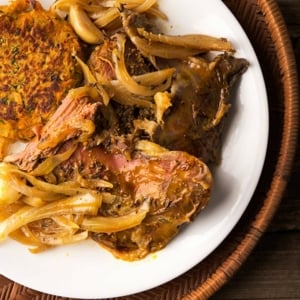
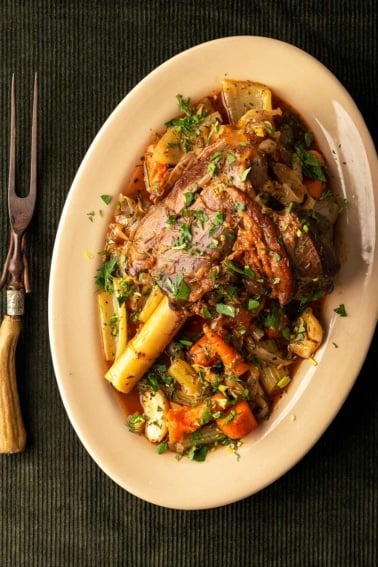
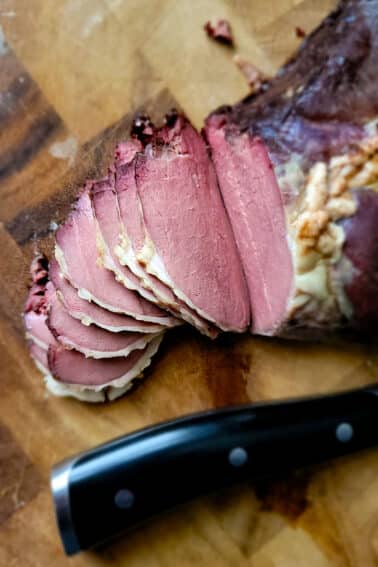
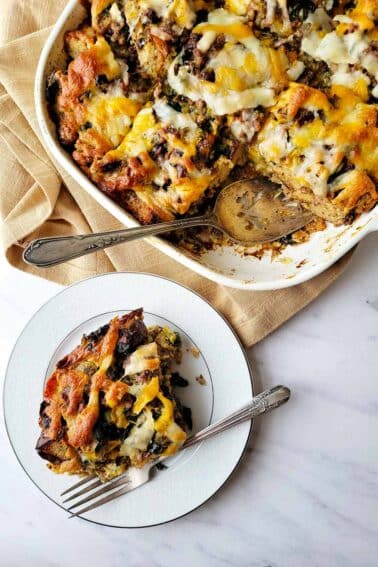
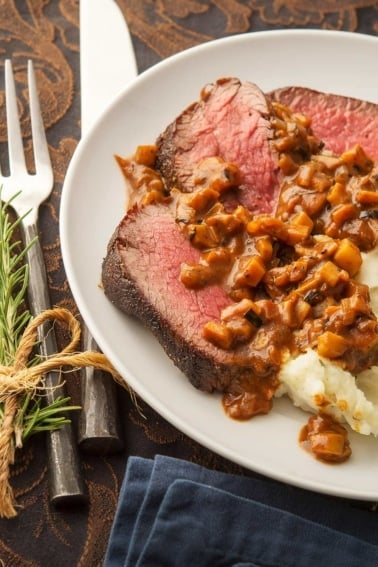
I just put this in the oven, I used what we call a football roast (from the hind quarter) from a young but mature doe. It was simple to put together, but as it is Christmas day and most of the stores are closed I dont have the ingrediients for the sauce. I let you know how it comes out. I have recently found you web page and love it. I cooked up the steak Diane the other night at deer camp in a cast iron pan over open fire, everyone thought it was amazing.
The sauce reminds me of spicy ketchup. I’d love a link to your favorite sweet potato and plantain fritters. I tried an ad lib recipe last night and it was meh.
This was so good! I didn’t have tamarind so I used some quince paste and some Worcestershire sauce instead. I used a Fellow Deer shoulder. Will have to go get another deer to try out the tamarind.
I love all the recipes on here and in Hanks Buck Buck Moose book. You just can’t go wrong with any of Hanks recipes!
Tried this last night and it was incredible. Different, but will absolutely make again! I used way less black pepper on the rub, but that’s just because I don’t like black pepper very much. Ended up cranking the oven temp up to about 400 the last few minutes ( to roast sweet potatoes) and it made a nice crispy layer on the outside of the roast.
The sauce really is magical!
Served with green pea, roasted sweet potato chunks, and bread.
What is melted peanut oil? Isn’t the oil already melted by definition?
Joel: This refers to melted palm oil, not peanut oil, which is, as you say, already liquid. Palm oil is solid at room temperature.
I made this and found that after tasting the tamarind kani sauce I just wanted to put it with pasta! And after tasting the meat juices it was a little bland however by adding a couple of tablespoons of the sauce to the blended meat juices and thickening slightly it was magnificent and paired beautifully with the venison. Very happy with the result.
This recipe is unlike anything I have ever made. I used a small white tail deer shoulder in my dutch oven, was running behind on time so I cooked at 325 degrees F for the first 30 minutes before reducing to 200. Took about 3.5 hours and the meat was falling off the bone. I was very surprised that the cumin and black pepper flavor wasn’t overwhelming. The tamarind sauce was a perfect accompaniment. Great recipe that I’m sharing with everyone I know who cooks game meat!
It was very good. I increased temp to 250F. Meat was falling of t. Mustard gave a nice taste. Definitely do it again.
Just for ppl who can’t find tamarind paste I usually sub with either equal parts Worcestershire lemon/lime juice and brown sugar
Or vinegar brown sugar works as well
You just use extra tomatoes to make up for the substitution
How do you modify this for a crockpot?
Connor: I have no idea. I don’t cook with one.
Unique way to cook a roast. I had never jammed garlic into meat before. If all you know is tossing a pack of French onion soup mix, veggies, and roast in a crockpot, you need to give this a try. I did use a 1/3 of bone-in shoulder instead of a whole which worked fine. Just cook to temp instead of time. With it being foil wrapped, it doesn’t dry out if overcooked a little.
Never really cooked African food before finding your blog, Hank. Thanks for expanding my pallet.
I made this with a whitetail doe shoulder that I harvested this fall, and I’m glad I gave it a shot. The meat was excellent, but the tamarind sauce in particular is addicting. Mine ended up being a little thinner than it probably should have, so I just served it in a small dish on the side for dipping forkfuls of meat or sweet potato fritters into.
Antelope shoulder turned out great. Could have cooked it another hour or two. Loved the new flavors. Thanks for sharing.
Tasty with simple ingredients. Tamarind sauce/paste did need a trip to Asian market to buy. made with a shoulder of a young white tail deer.